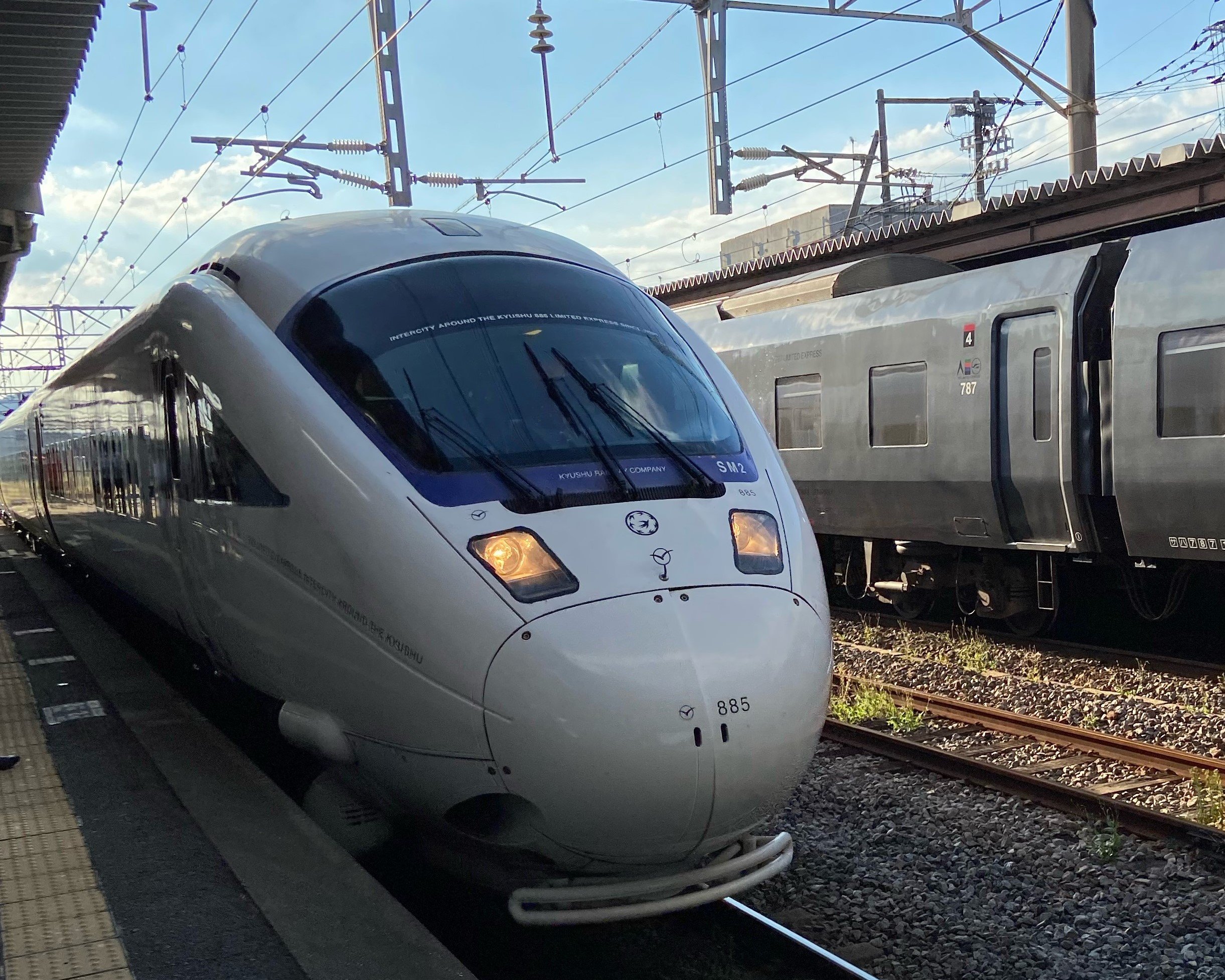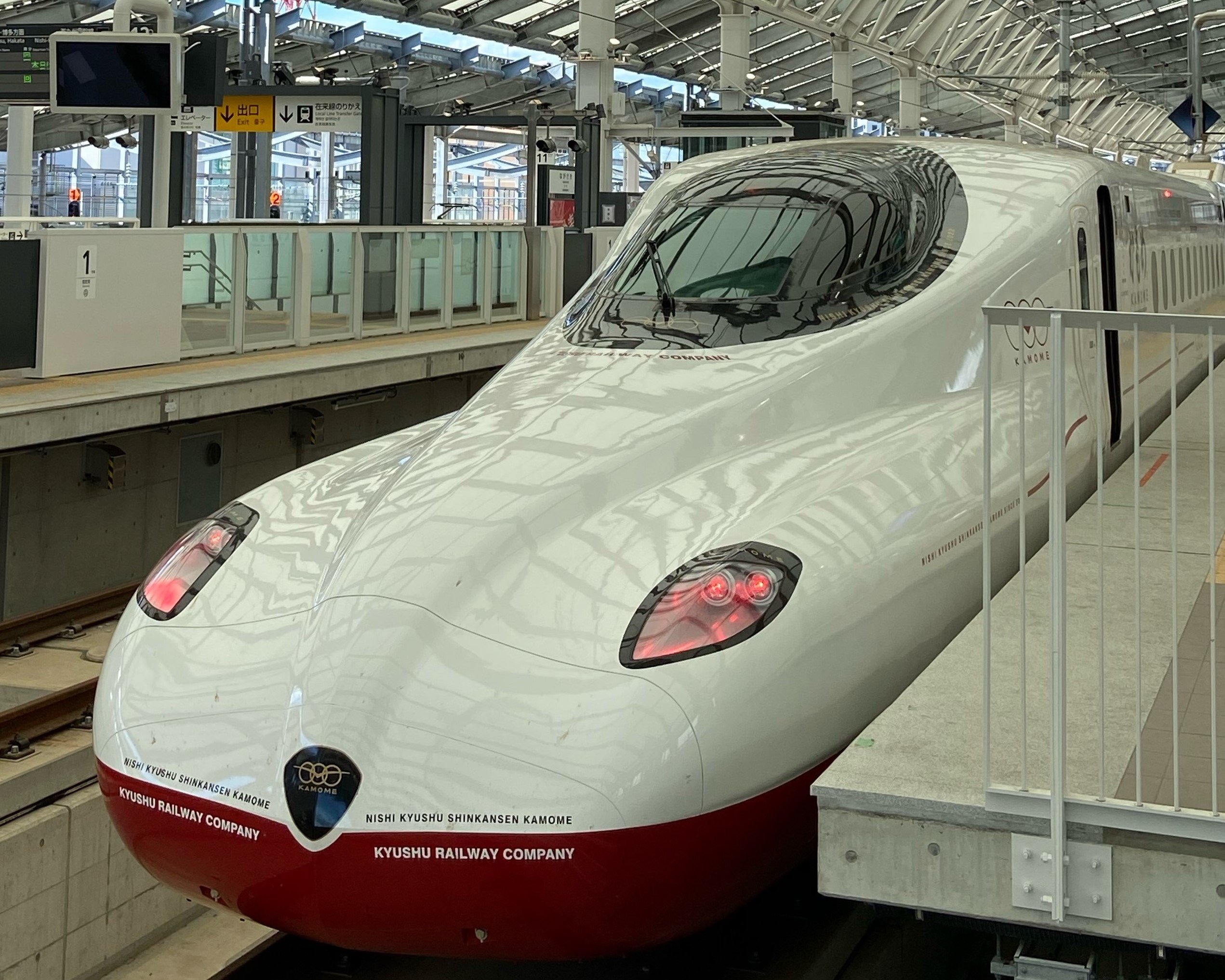The year 2022 is an anniversary year for many Japanese Shinkansen trains. On March 14, the Tokaido Shinkansen “Nozomi” celebrated its 30th year of operation. In addition, the Nishi-Kyushu Shinkansen “Kamome,” which connects Takeo-Onsen Station and Nagasaki Station on the island of Kyushu, will open for service starting on September 23. As most Japanese well know, there is a custom in Japan of giving each Shinkansen train a special train name (or “nickname”), such as “Nozomi” or “Kamome,” in addition to its standard route name, like the Tokaido Shinkansen or the Nishi-Kyushu Shinkansen. Today, we will introduce both the standard name and the origin of the nickname of many popular Shinkansen trains.
〇Your vote could decide the name of the Shinkansen!
The names of Shinkansen trains tend to be determined through public contests. The Tokaido Shinkansen, which opened in 1964 as the world’s first high-speed train, also got its different nicknames through a public competition. As a result of voting, the super limited express train was named “Hikari” and the limited express train became known as “Kodama”. Although the voting period was only two months long, 550,000 persons participated, not only from Japan, but also from Korea, Taiwan and as far away as India. The name “Hikari” (Light) was chosen because it was the most popular, but also because it was easy to express and it was good at symbolizing the concept of a high-speed train. Although “Kodama” (Echo) only received the tenth largest number of applications overall, it was chosen for the two reasons. First, the name “Kodama” was a familiar name that had been used previously for the limited express connecting Tokyo and Osaka prior to the opening of the Shinkansen. The second reason was that the combination of “Hikari” and “Kodama” was easy for people to understand.
Another example of a public competition to decide the nickname of a Shinkansen train is the Akita Shinkansen’s “Komachi”. Since the Akita Shinkansen connects Tokyo and Akita, it was named “Komachi” after the poet of the same name who is said to have been born in Akita prefecture and who is regarded as one of the three greatest beauties in the world alongside Cleopatra and Yang Kiyo. The symbol of the Akita Shinkansen is also based on the image of a woman. Many other Shinkansen trains, such as the Hokuriku Shinkansen’s “Kagayaki” (Shine), ”Hakutaka” (White Hawk) and “Tsurugi” (Mount Tsurugi) and the Kyushu Shinkansen’s “Sakura” (Cherry Blossom), received their nicknames through public ballot.
In contrast, the Tokaido Shinkansen’s “Nozomi” is unusual because it was chosen by a method other than a public vote. At the time the name was selected, a group of experts, including numerous scholars, was assembled to form a selection committee to decide on the name of the new Tokaido Shinkansen. Through their deliberations, “Kibõ” (Hope) and “Tsubame” (Swallow) were selected as finalists. In the end, based on a suggestion by Japanese author Sachiko Agawa, the committee decided on the nickname “Nozomi,” which means “Hope” in ancient Japanese.
Many train names chosen for Shinkansen trains are associated with speed. The names of birds and phenomena such as light and sound are especially popular. The Nishi-Kyushu Shinkansen’s “Kamome,” which will start operation this September, is the name of a bird (Seagull). The use of this nickname comes from another train, the limited express “Kamome,” which formerly operated on the Tokaido main line (between Tokyo Station and Kobe Station), and also from the limited express “Kamome” running between Hakata and Nagasaki Stations.
〇How about High-Speed Rail in other countries?
In Europe the custom for naming trains is different from that in Japan, and in the past different nicknames were often given to individual trains or specific rolling stock on a particular route. In Germany, for example, ICE trains were often named for famous people, such as Jakob Fugger, a wealthy German merchant from the in 15th~16th century whose clan was compared with the Italian House of Medici, and Wilhelm Conrad Röntgen, the famous physicist who discovered X-rays. Unfortunately, individual train nicknames in Europe have largely been eliminated with the trend towards streamlining in recent years.
Train nicknames have become part of the culture of Japan. Special train names evoke feelings of familiarity and attachment toward trains rooted in local areas. As more Shinkansen trains are introduced in coming years, just for fun, why not try to try to imagine the nickname of the next Shinkansen yourself?

